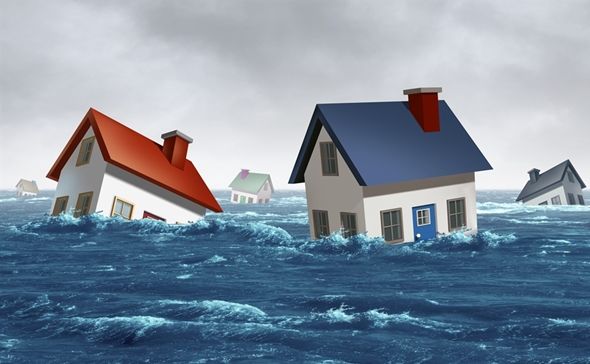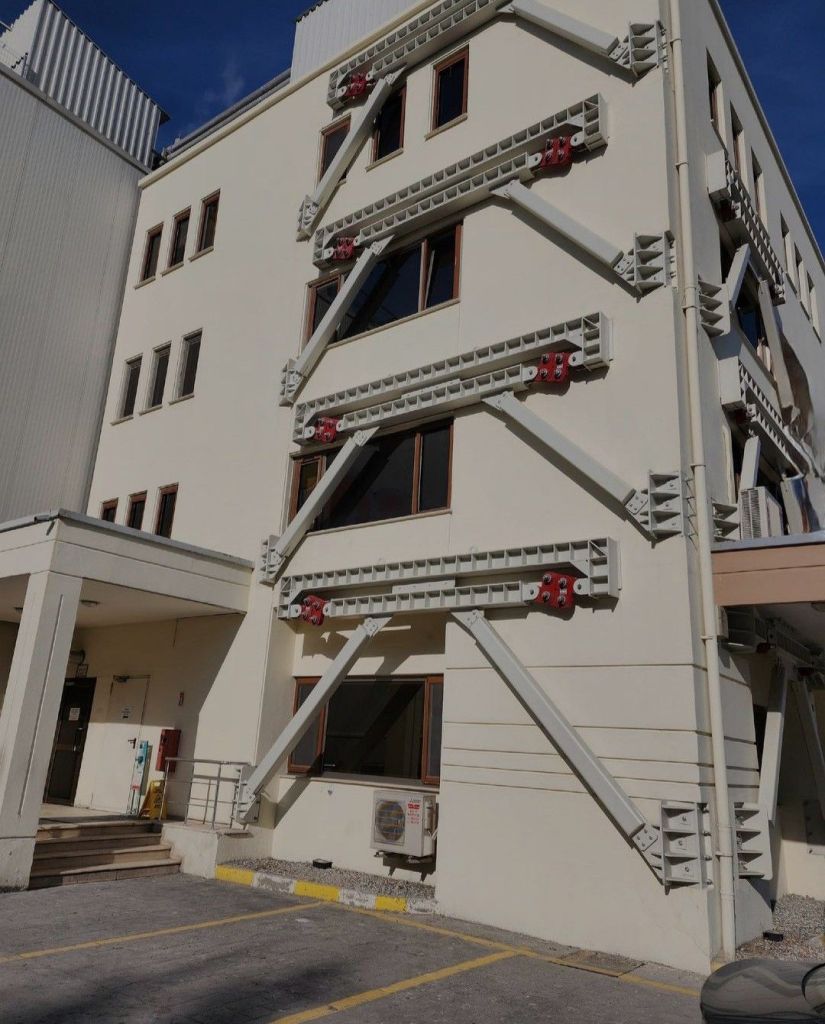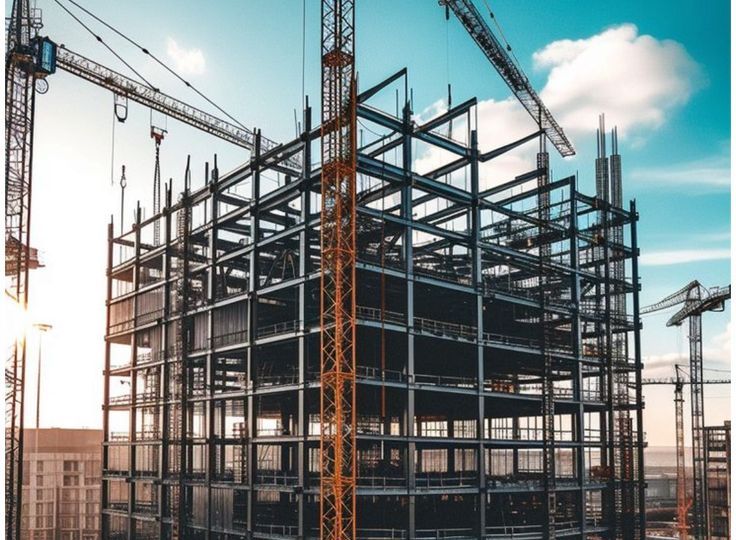Disaster-Resilient Building Techniques: How to Build Safer Structures
Introduction
Natural disasters such as earthquakes, floods, hurricanes, and wildfires are increasing in both frequency and intensity due to climate change and urban expansion. When these disasters strike, the safety and resilience of buildings can determine whether communities survive or collapse. This is why disaster-resilient building techniques are more important than ever.
In this blog, we will explore the latest resilient construction methods, materials, and design principles that help protect lives and property. Whether you are an architect, engineer, construction company, or homeowner, understanding these techniques is key to building a safer future.
1. What Are Disaster-Resilient Building Techniques?
Disaster-resilient building techniques are design and construction methods that reduce the impact of natural hazards on structures. They combine:
- Engineering innovation (earthquake-resistant construction, hurricane-proof frameworks)
- Smart materials (fire-resistant concrete, flood-proof coatings)
- Sustainable practices (climate-resilient urban planning, eco-friendly housing solutions)
The goal is not just to build stronger structures but also to protect human life and reduce economic losses after disasters.
2.Earthquake-Resistant Construction Techniques
Earthquakes can strike without warning, making earthquake-resistant construction one of the most critical resilient building practices.
- Flexible Foundations: Base isolators absorb seismic energy and prevent excessive shaking.
- Lightweight Materials: Steel and reinforced concrete allow controlled flexibility.
- Cross Bracing: Adding diagonal supports strengthens walls and frames.
- Low-Cost Solutions: For affordable housing, techniques like reinforced mud walls can provide safety at scale.
Countries like Japan and New Zealand lead the way in adopting these designs, proving that structural safety in construction can save thousands of lives.
3.Flood-Resilient Building Design
Flooding is one of the most common disasters worldwide. Flood-resilient buildings are designed to withstand water damage and remain functional.
- Elevation: Raising structures above flood levels using stilts or raised platforms.
- Waterproof Materials: Using treated concrete, sealed walls, and water-resistant insulation.
- Drainage Systems: Incorporating smart urban drainage and green spaces to redirect water.
- Floating Homes: In flood-prone regions, floating houses or amphibious foundations are emerging solutions.
By adopting sustainable and resilient building design, communities in flood-risk areas can prevent catastrophic losses.

4.Hurricane-Resistant Construction Methods
High-speed winds and flying debris from hurricanes destroy thousands of homes each year. To build hurricane-resistant structures, consider:
- Aerodynamic Roofs: Sloped and rounded designs reduce wind pressure.
- Impact-Resistant Windows: Laminated glass and storm shutters prevent shattering.
- Reinforced Walls: Concrete blocks and steel frames withstand extreme winds.
- Anchoring Systems: Securing buildings to foundations reduces the risk of collapse.
These resilient construction methods are widely used in coastal regions, from Florida to the Philippines, where hurricanes are frequent.
5.Fire-Resistant Building Techniques
Wildfires are increasingly threatening homes and infrastructure. Incorporating fire-resistant building techniques is vital for survival.
- Non-Combustible Materials: Concrete, brick, and metal reduce fire spread.
- Fire-Resistant Coatings: Applying protective sprays to wood and steel.
- Defensible Space: Designing open areas around buildings to prevent fire transfer.
- Smart Sensors: Installing heat detection systems for early response.
These approaches not only save properties but also create community resilience through architecture.
6.Role of Modern Materials and Technology
The future of disaster-proof building design lies in material innovation and technology:
- Self-Healing Concrete: Repairs cracks automatically, increasing lifespan.
- Cross-Laminated Timber (CLT): Strong yet lightweight for earthquake zones.
- Smart Sensors: Monitor building stress and alert during disasters.
- 3D Printing: Creates affordable disaster-resilient housing quickly.
These technologies reflect the evolution of climate-resilient infrastructure that is both strong and sustainable.
7.Importance of Building Codes and Urban Planning
Disaster resilience is not just about individual buildings but also about urban planning. Governments and construction companies must enforce:
- Updated building codes for earthquake, flood, and fire resistance.
- Zoning regulations to avoid high-risk areas.
- Community infrastructure such as shelters, hospitals, and resilient roads.
- Building codes for disaster resistance create a culture of safety that benefits entire cities.
8.Affordable Disaster-Resilient Housing
A common misconception is that resilient buildings are too expensive. In reality, affordable disaster-resilient housing solutions are emerging worldwide.
- Using local and sustainable materials like bamboo and compressed earth blocks.
- Modular and prefabricated housing that is quick to assemble.
- Low-cost reinforcement techniques for existing homes.
By scaling these approaches, communities in developing countries can achieve.
9.Marketing and Awareness for Resilient Construction
Even the best disaster-resilient construction methods are useless if people don’t know about them. This is where marketing plays a role.
Construction firms need to showcase their expertise through digital marketing strategies—SEO blogs, social media campaigns, and case studies. Partnering with a professional marketing company like Alaricsoft can help construction businesses build trust, attract clients, and spread awareness of resilient housing solutions.
Conclusion
Disaster-resilient building techniques are no longer optional—they are a necessity in today’s world of unpredictable natural hazards. From earthquake-resistant structures to flood-proof housing and fire-resistant buildings, these methods save lives, protect investments, and strengthen communities.
The future lies in climate-resilient infrastructure, innovative materials, and smart urban planning. And for construction firms, combining technical expertise with strong marketing ensures their projects reach the people who need them most.


